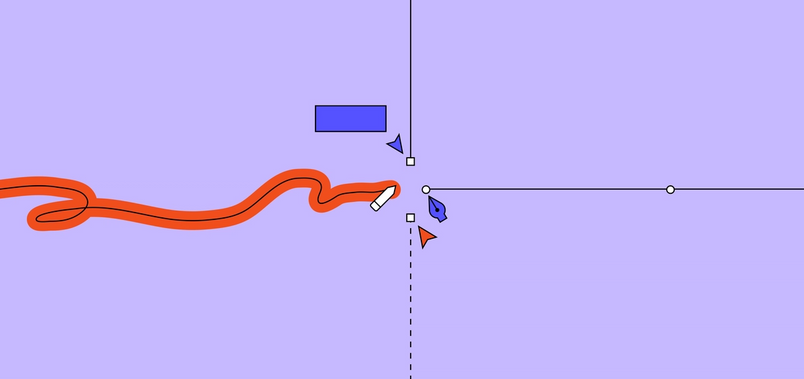Redesigning Dropbox’s ways of working

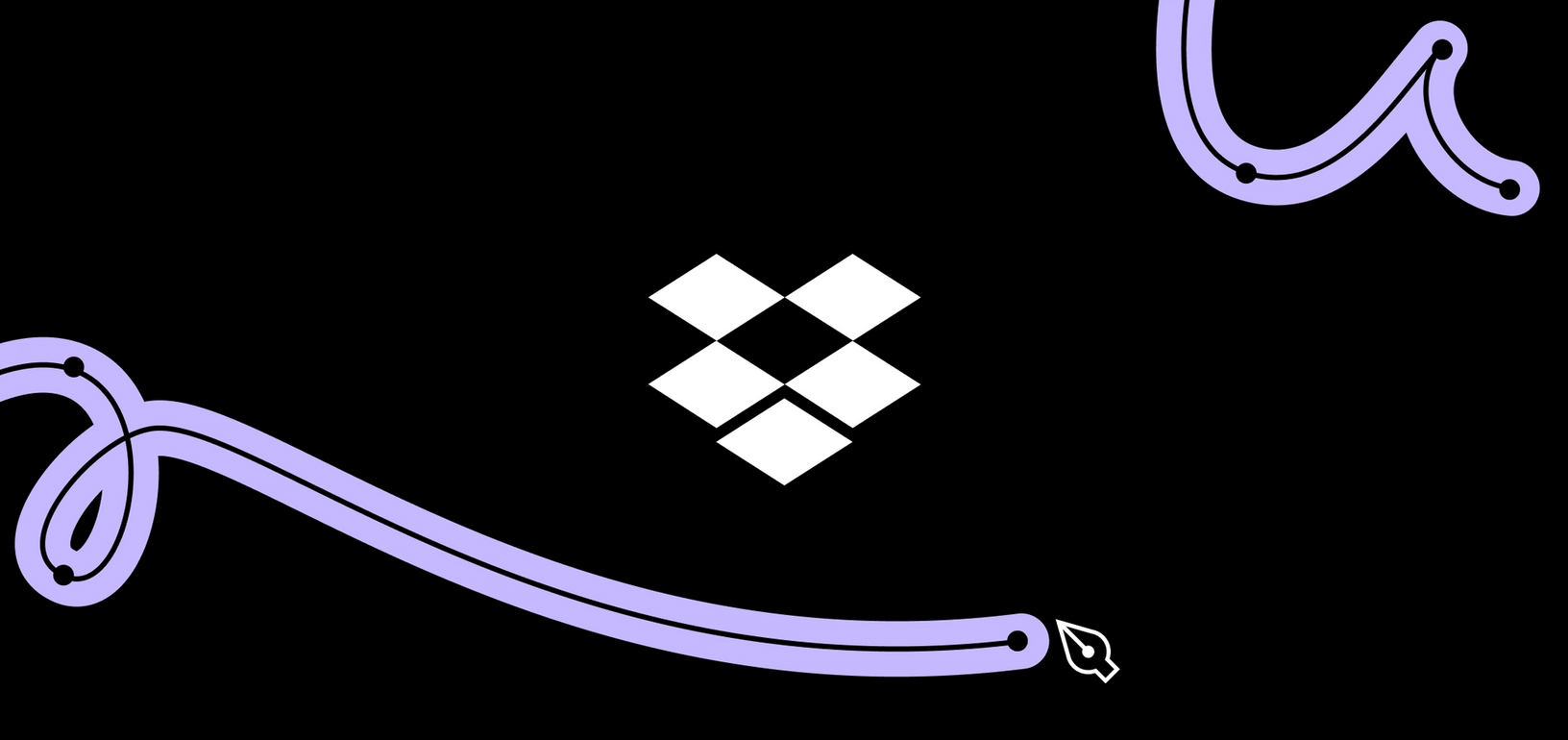
Take a look at Dropbox’s move to a virtual-first working model, and how the team uses Figma to brainstorm and build remotely.
After nine months of rearing its head, the COVID-19 pandemic has left a lasting impression on the future of work. Employees have scattered throughout the country, teams are struggling to build authentic connections and the 2pm case of the Zoomies are officially the new norm. With work from home becoming a prolonged reality, companies are redesigning the way in which employees show up at work each day.
While some, like Figma, have opted to move to a hybrid working model Figma is moving to a hybrid model, allowing both in-person and remote work options. We're sharing our approach, with the hope of helping others think through it.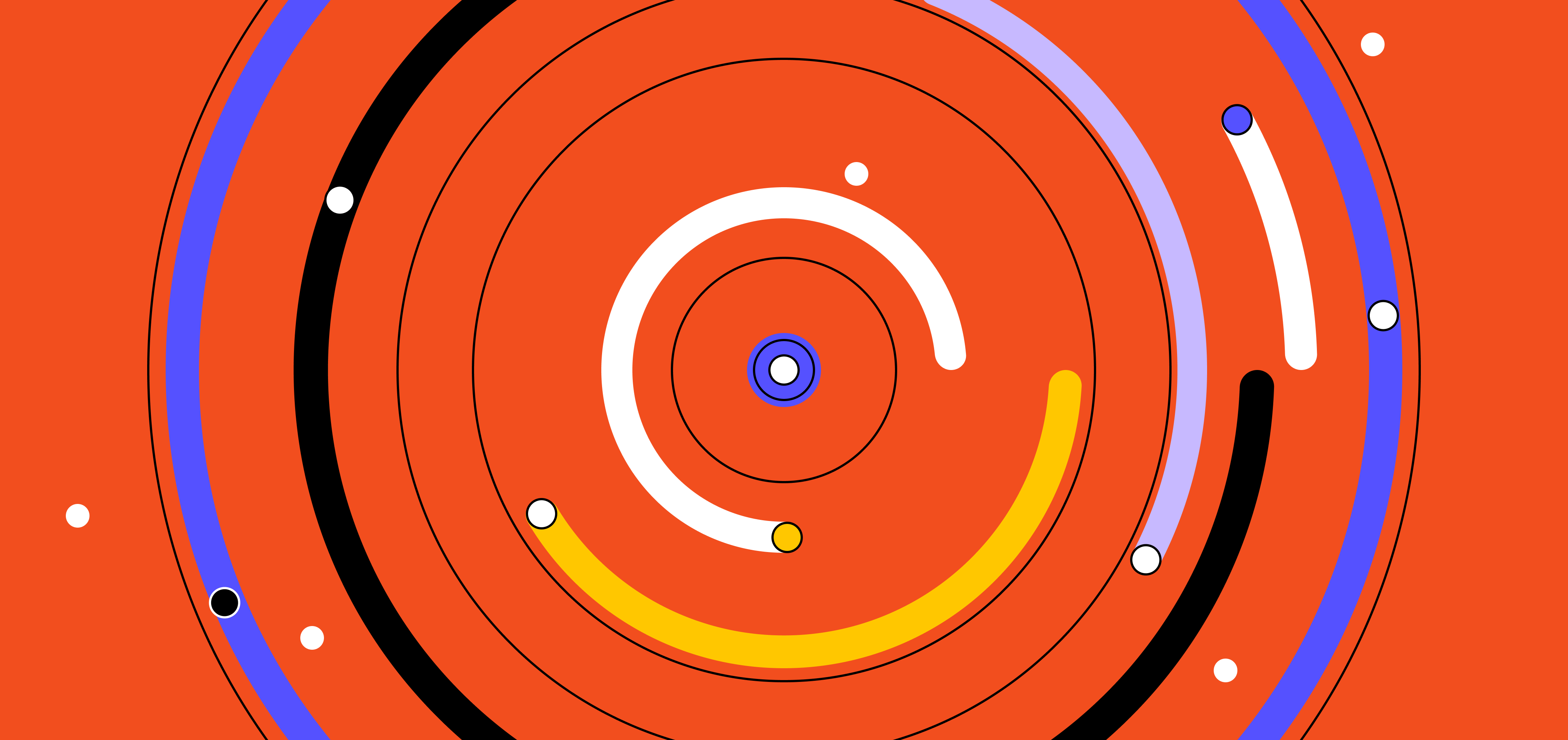
How work is changing at Figma
Though Dropbox makes software that helps people work from anywhere, most of their employees came to an office every day. The company had Maker Rooms and Collaboration spaces sprinkled throughout their twelve global offices; their corporate culture was literally physically designed for in-person collaboration and creativity.

The design team, for example, would often be found ransacking their workshop toolbox for post-its, sharpies, dinosaur figurines, or anything else that would help spark creativity ahead of design sprints and impromptu brainstorming sessions. Getting into a creative flow was as simple as jumping into a room together.
In this new remote world, getting into that flow takes more intentionality, which can be hard. We are completely shifting norms that have been part of daily work for decades. Dropbox had to redesign the way in which teams come together to create online, while also maintaining that same energy that once was found in their physical space.
Redesigning collaboration
After migrating their design organization to Figma from Sketch back in 2018, the Dropbox design team had a head start when it came to remote collaboration. The team already had established best practices for virtually every stage of the creation process — brainstorming, wireframing, prototyping, and commenting. As Lauren LoPrete, design systems lead, put it, “Figma has helped us simplify our workflows and also up-leveled the quality and efficiency of our work across design at Dropbox.” But once the pandemic hit and the team went fully remote, they needed to do more.
In an effort to reignite that creative spark that once happened IRL, the now-remote designers rely on Figma even more to streamline their workflows and remove any breakdowns in communication. For example, instead of in-person design review meetings, the team utilizes observation mode in Figma to follow along with the presenter as they showcase work.
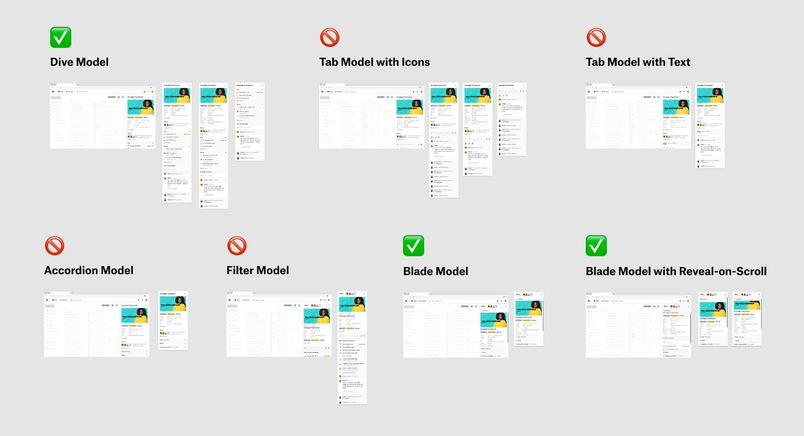
Rather than pair designing side by side or walking over to someone’s desk to brainstorm live, designers simply share a Figma link and jump into a file to quickly iterate on ideas together.
As cross functional communication becomes more important in remote work, designers host their design sprints virtually with engineers and PMs in Figma. Because it's online and accessible to all, Figma makes it easy for teams outside of design to jump in and participate.
Designers also had to adapt their existing Figma workflows and introduced new ways of communicating async. For example, the Design System and Brand Studio teams streamlined their handoff process, designing a Figma template for icons in which a brand designer will place a ✅ next to the page once the icon file is complete. Since their library release happens every Monday morning, the Design Systems team will check the file and convert any new icons to the master library, then hit publish. This has helped eliminate unnecessary comms and made the overall process more efficient — so much so that team plans to apply a similar process to other collaborative libraries.
As Stan Yeung, product designer, put it, ”Figma has become the center of our universe since the pandemic, with more communication and collaboration happening within the design files themselves.”

Figma for all
As the broader organization braced itself to transition to fully remote, the design team became the model for how teams can work together, virtually. As such, Cheechee Lin, a product designer, ran a couple of experimental Figma workshops with the larger cross-functional team to help get them up to speed on how to navigate Figma and use the main features like commenting, exporting and viewing/following. The goal was to get everyone comfortable with Figma so they could jam together again, just like they did in their office space.
Cheechee explains, “We realized that bringing counterparts in to the process in Figma not only helped speed up our iteration cycles but also provided a space to visually communicate together — especially given the lack of whiteboards in a virtual-first world.”
The training was such a success, they expanded the workshop to more than 200 attendees across teams like marketing, research and data science.
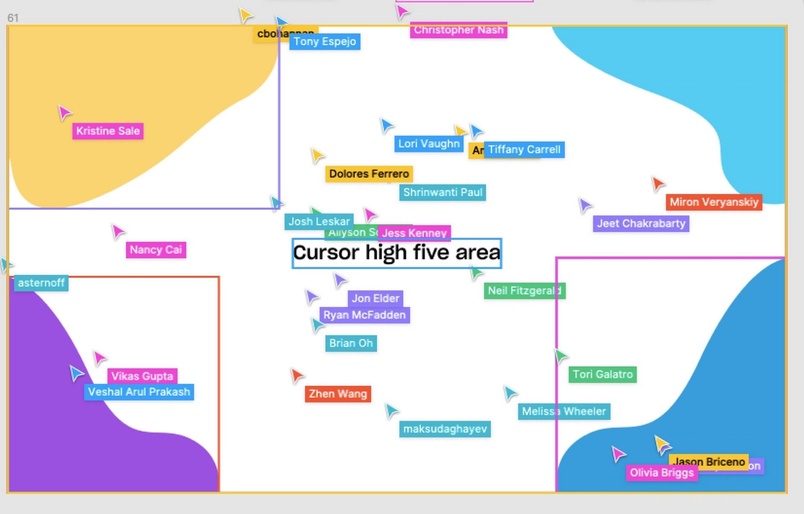
Figma is now open to the entire Dropbox organization and is a space where anyone can jump in, be creative and communicate visually together. Today, you can find all types of teams in Figma. QA is using it to create test plans by duplicating the design flows and noting down test cases, design researchers are presenting survey data and qualitative insights side by side, and people from across the organization are co-creating presentations in Figma.
Figma is much more than a design tool. It’s a space for all Dropboxers to gather to articulate their ideas, communicate, and be together as one Dropbox community. As Stan put it, “Figma has become our new virtual whiteboard.”
If you’re looking for more best practices on remote collaboration from the team at Dropbox, check out this remote team planning toolkit and this kit for running distributed sprints.
Related articles



